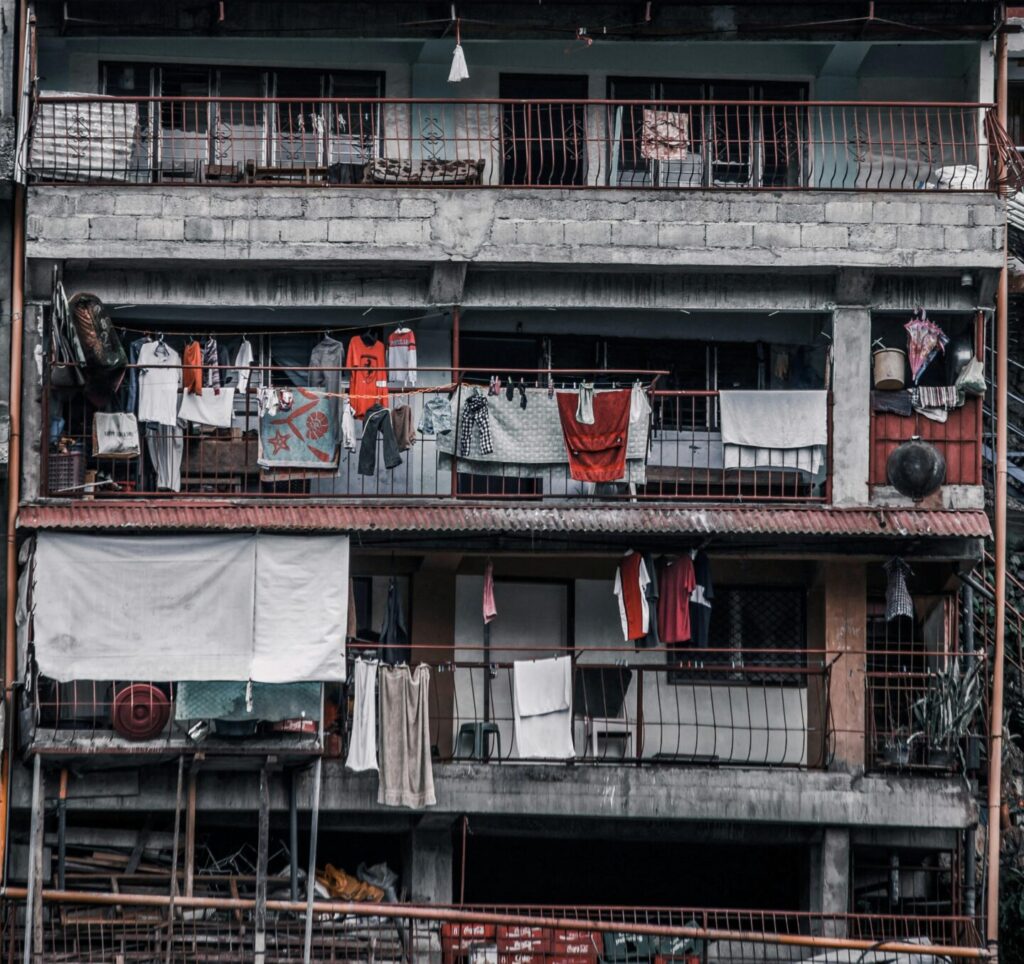Measuring Housing Affordability in the Philippines
Understanding housing affordability is key to addressing the housing problem. This study evaluates housing affordability in the Philippines using conventional approaches. It compares Residual Income Method estimates with those from the 30 percent of income standard that is commonly used as a measure of housing affordability in the country. The authors note that the 30 percent income standard overestimates housing affordability among the poor and underestimates among those in the upper-income levels relative to the Residual Income Method. In other words, poor and low-income households are not able to afford housing priced at 30% of their income, while the middle-income to rich can afford housing priced at more than 30% of their income.
On the other hand, government provision of affordable housing would require an overhaul of the housing subsidy programs and the creation of a public housing fund to finance direct subsidies to households, public sector construction of affordable housing (for rent or ownership); and housing support in times of disaster. At the town or city level, Community Development Funds (CDFs) anchored to municipal councils should be established to support housing projects arising from urban renewal or upgrading or other urbanization challenges.


writing the thesis help me write a thesis statement
Thanks.